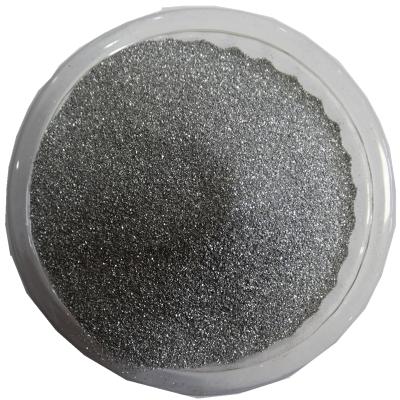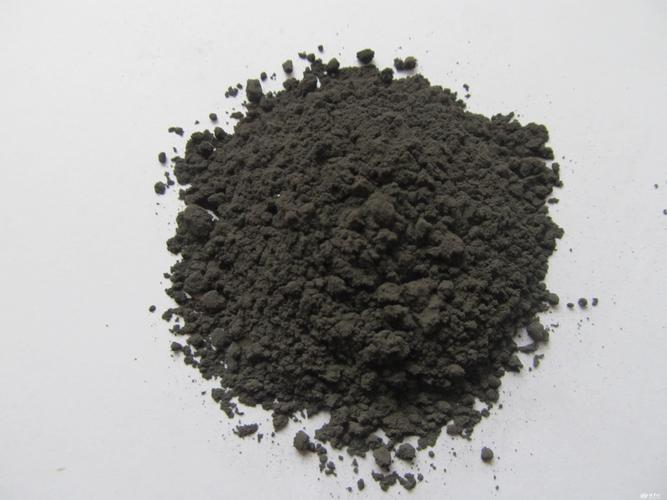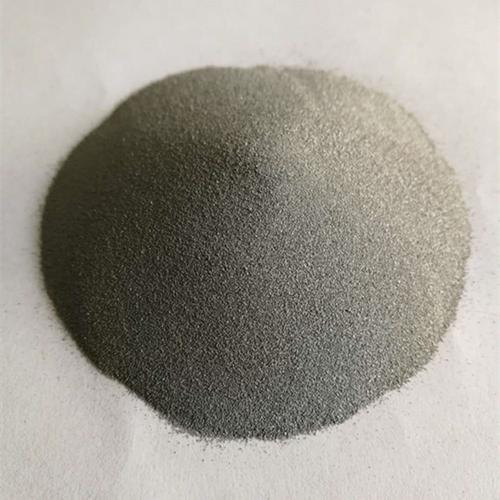**Title: “Unsupported Metal Magic: Can Powder-Based 3D Printing Stand Alone?”**
(Do Powder-Based Metal Am Processes Need Support Structures?)
Imagine building a delicate metal sculpture layer by layer, but instead of relying on scaffolding to hold it up, the air itself acts as an invisible support. This isn’t science fiction—it’s the reality of powder-based metal additive manufacturing (AM). Unlike traditional 3D printing methods that often need extra structures to prevent collapses, powder-bed processes like Selective Laser Melting (SLM) or Electron Beam Melting (EBM) play by different rules. Let’s dig into why these methods might just break free from the need for supports.
First, picture how powder-based AM works. A thin layer of metal powder spreads across a build platform. A laser or electron beam then melts specific areas, fusing the powder into solid shapes. After each layer, more powder is added, and the process repeats. The magic here is the surrounding unmelted powder. It acts like a temporary cradle, holding up overhangs or complex geometries as the part grows. Think of it like building a sandcastle—the dry sand around your sculpted towers keeps them from crumbling.
This built-in support system changes the game. Traditional 3D printing, like fused deposition modeling (FDM), struggles with steep overhangs. Without physical supports, parts sag or warp. But in powder-bed systems, the powder itself is the hero. It lets engineers design hollow structures, internal channels, or wild organic shapes without worrying about adding—and later removing—extra material. For industries like aerospace or medical implants, where complex lightweight designs matter, this freedom is gold.
But wait—does this mean supports are totally useless here? Not always. Even powder-based AM has limits. If a part has extreme overhangs (like a horizontal bar sticking out 90 degrees), the powder might not provide enough stability. Melting metal generates heat, and uneven cooling can cause warping. In these cases, tiny supports might still be added. They’re way smaller than those in FDM, though. Think of them as training wheels: minimal, easy to remove, and only used when absolutely necessary.
Material choice also plays a role. Some metals, like titanium or aluminum alloys, handle unsupported printing better. Their quick cooling and strong bonding reduce the risk of deformities. Others, like certain steels, might need a bit more help. Engineers often tweak laser settings, layer thickness, or scan speeds to push the boundaries. It’s a dance between machine precision and material behavior.
Cost and time savings are huge perks. Traditional supports add material waste, post-processing labor, and machine runtime. Powder-bed systems recycle unused powder, cut cleanup steps, and speed up production. For a factory pumping out hundreds of parts, skipping supports can mean shaving days off deadlines.
Still, challenges linger. Powder isn’t perfect. If a design has super-fine details or ultra-thin walls, even the powder’s gentle pressure might distort them. Humidity or static can clump powder, ruining smooth layers. Engineers are always testing new strategies—adjusting angles, adding temporary anchors, or using hybrid approaches.
The future looks bright. As machines get smarter and materials more adaptable, the need for supports keeps shrinking. Researchers are experimenting with AI-driven designs that optimize shapes for powder-based printing. Imagine software that tweaks a part’s geometry in real-time, ensuring every curve and edge prints flawlessly without a single external prop.
(Do Powder-Based Metal Am Processes Need Support Structures?)
In the end, powder-based metal AM isn’t just about ditching supports—it’s about rethinking what’s possible. From intricate engine parts to custom medical devices, this tech is reshaping manufacturing, one unsupported layer at a time.
Inquiry us
if you want to want to know more, please feel free to contact us. (nanotrun@yahoo.com)


